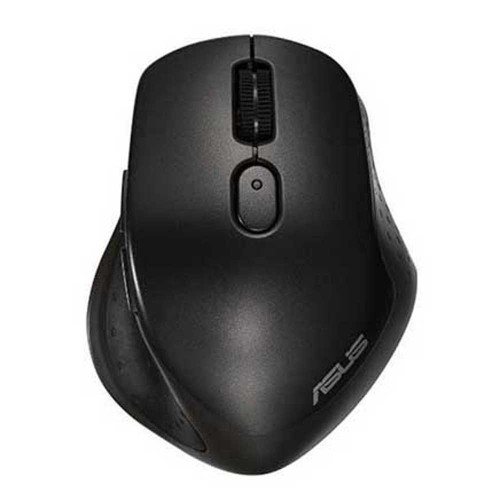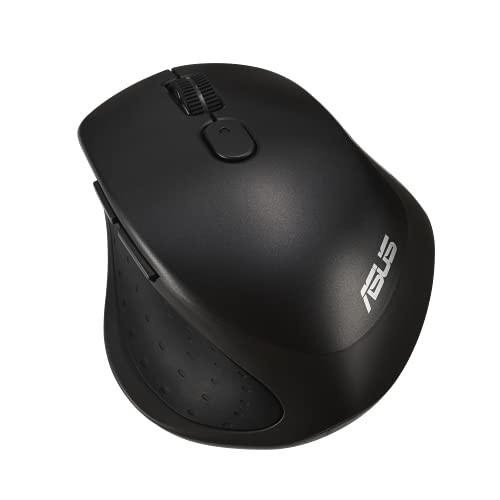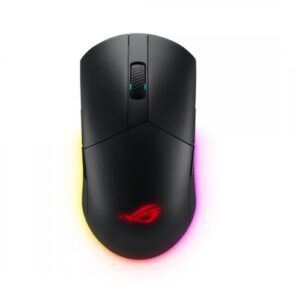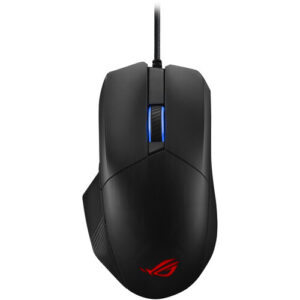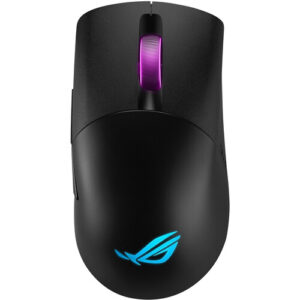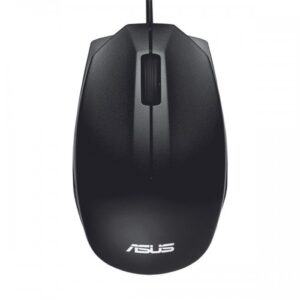Technical Specifications and Features
The ideal gaming mouse is defined not only by its design but also by its technical specifications and features, which significantly influence gaming performance. One of the most crucial elements in determining a gaming mouse’s efficiency is its connection type. Many high-performing gaming mice support both wireless RF at 2.4GHz and Bluetooth connectivity options, offering gamers flexibility and convenience in their gaming setup. This dual connectivity feature ensures reduced latency and a lag-free experience, which can be a decisive factor during competitive gaming sessions.
In terms of tracking precision, many of today’s gaming mice employ an optical sensor technology, which provides high accuracy and responsiveness essential for precise movements in fast-paced games. The specific DPI settings available in these devices typically range from 1000 to 2400 DPI. This variability in DPI settings allows gamers to customize their sensitivity preferences based on gameplay requirements. A lower DPI may be suitable for strategy and shooting games, enabling finer control, while a higher DPI accommodates rapid cursor movements in action-adventure or first-person shooter games.
Furthermore, the physical attributes of the mouse play a significant role in user comfort and usability. The dimensions of an ideal gaming mouse often measure approximately 105.6mm in length, 80.1mm in width, and 40.6mm in height. Coupled with a weight of around 96g, these specifications are designed to provide a balance between portability and stability in hand. Additionally, the color options offered by manufacturers contribute to personal preference, allowing gamers to select a mouse that complements their gaming setup. Each of these specifications is thoughtfully designed to enhance the overall gaming experience, ensuring that gamers can perform at their best.
Warranty and Support Information
When investing in a gaming mouse, understanding the warranty and support options is fundamental to safeguarding your purchase. A reliable warranty not only demonstrates the manufacturer’s confidence in their product but also serves as a crucial element for gamers. The standard warranty period for most gaming mice is typically one year, covering defects in materials and workmanship under normal use. This warranty often encompasses repairs and replacements, providing peace of mind for users who may encounter issues during their gaming experience.
It is important to note that warranty coverage may vary by manufacturer. Common exclusions may include damage caused by accidents, misuse, or unauthorized modifications. Therefore, gamers should familiarize themselves with the specific terms and conditions of the warranty to fully understand what is covered. Keeping the original purchase receipt is advisable, as it is usually required when claiming warranty services.
In addition to the warranty, customer support plays a vital role in enhancing the overall user experience. Many manufacturers provide multiple avenues for support, including online chat, email, and phone support. Timely and effective customer service is essential for resolving any technical issues that may arise, ensuring that users can return to their gaming activities with minimal downtime. Moreover, access to a comprehensive knowledge base or FAQ section can empower users to troubleshoot common problems independently, further enriching the support experience.
Ultimately, a solid warranty and efficient customer support are crucial factors when choosing a gaming mouse. They not only protect the user’s investment but also reflect the manufacturer’s commitment to customer satisfaction. As such, gamers should prioritize these aspects in their purchasing decision, ensuring they have both operational reliability and support at their disposal.
